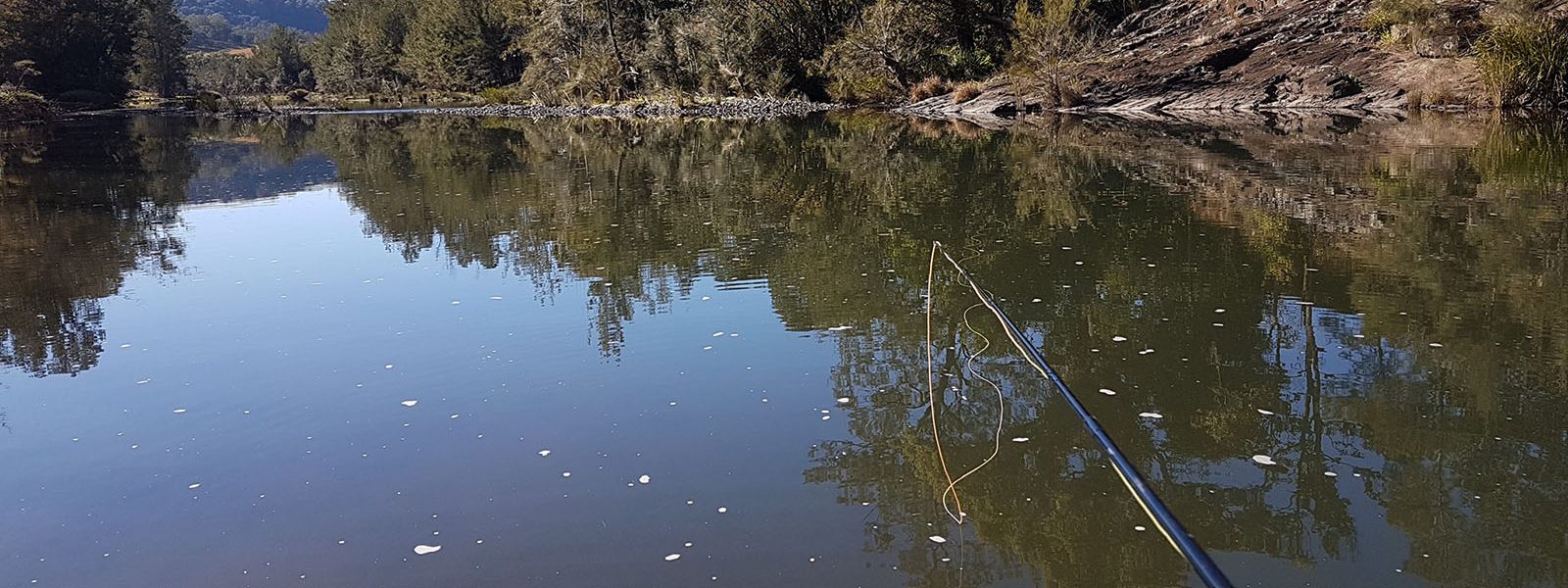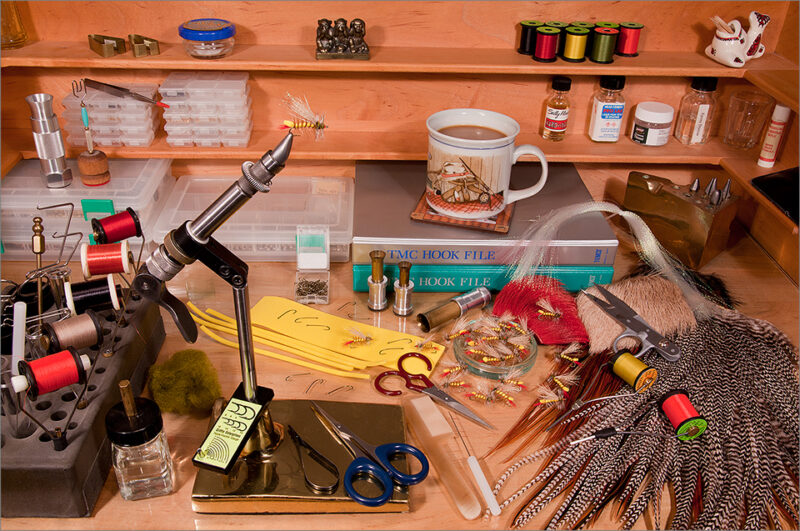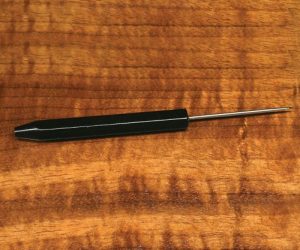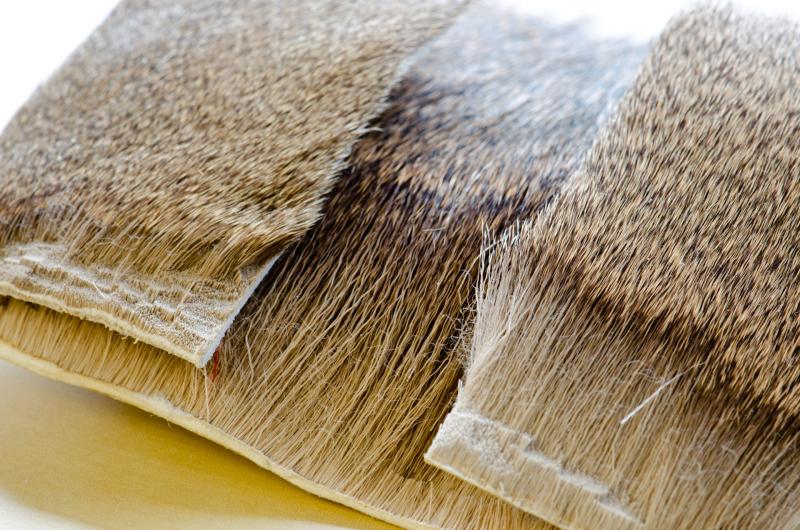An Introduction to Fly Tying
- Posted on:
- Author: Julian Tapping
- Categories: Fly Tying
- Tags: beginners, fly tying, fly tying materials, fly tying tools, techniques
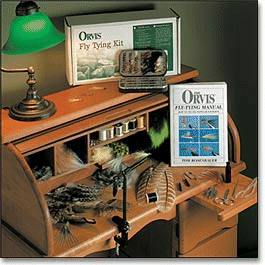
For the benefit of new members who want to have some details about fly tying. This article is by no means definitive. It offers a brief overview of some of the equipment, materials and definitions regarding fly tying.
Should new members wish they can attend the Club Fly Tie nights and learn more about fly tying and be shown the various techniques referred to. Catching fish on artificial flies has a long history. There is evidence that 2000 years ago the Greeks tied wool and feathers to hooks and were possibly the first persons to catch trout with them.
So today what is the fly-tying component of fly-fishing? Basically it is the use of both natural and artificial materials to imitate anything from a gnat or midge up to a small baitfish. Both fresh and salt-water species can be caught. Today even fish as large as Marlin can be caught on a fish imitation using a heavyweight fly rod and line.
However, mostly fly-fishing is for fresh water fish ranging from Trout and Bass to large Salmon. Salt-water species are also caught using artificial flies include Bream, Whiting and Flathead along with a number of other species.
Once there were basically just two types of flies used to catch fish. There were those that floated and those that sank.
Today there are a variety of classifications divided into 4 main groups that describe in general terms what each fly is designed to imitate and how it is to be fished.
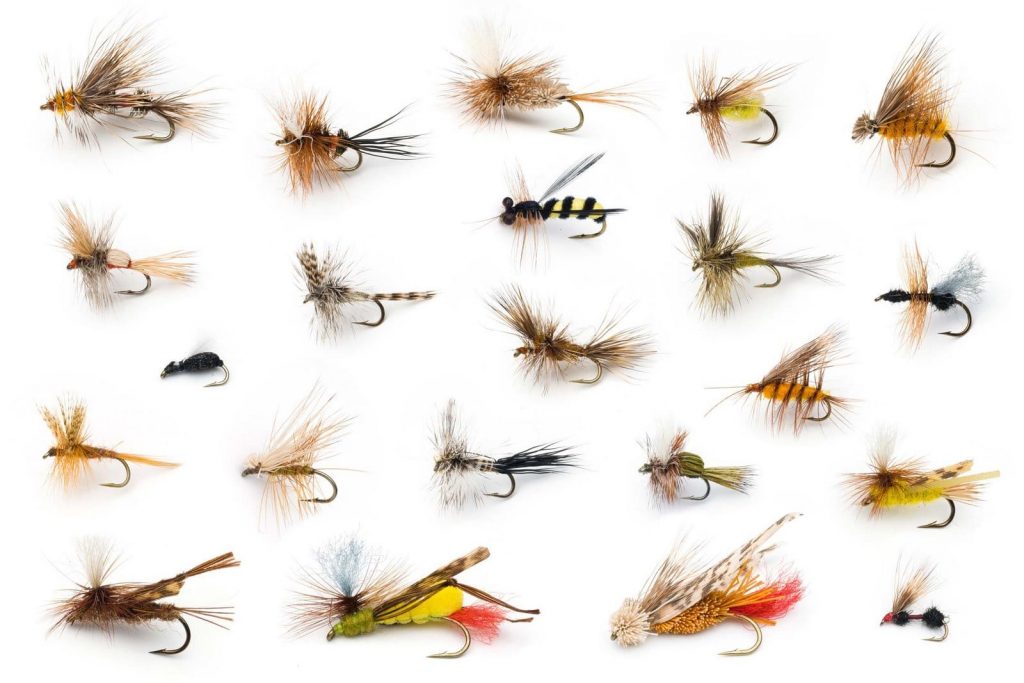
Dry Flies
These are intended to be fished floating on the surface of the water. They are often tied with water-resistant materials or treated with a “floatant” to stop them absorbing water. Closed cell foam is increasingly being used to ensure the floating capabilities of the tied fly.
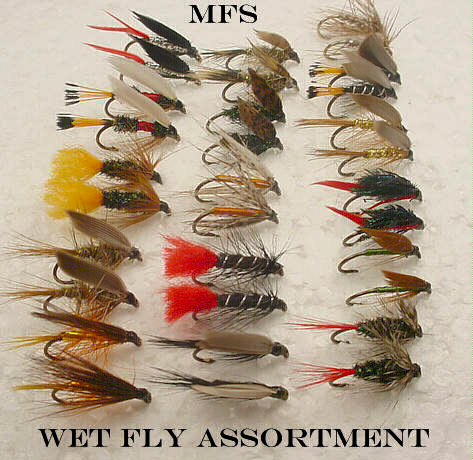
Wet Flies
Impressionistic insect patterns that often sink slowly or “hang” sub surface imitating a drowned or drowning insect.
Nymphs/Bugs
These often imitate the various larvae and pupae of aquatic insects. Designed to sink rather than float, they are often weighted.
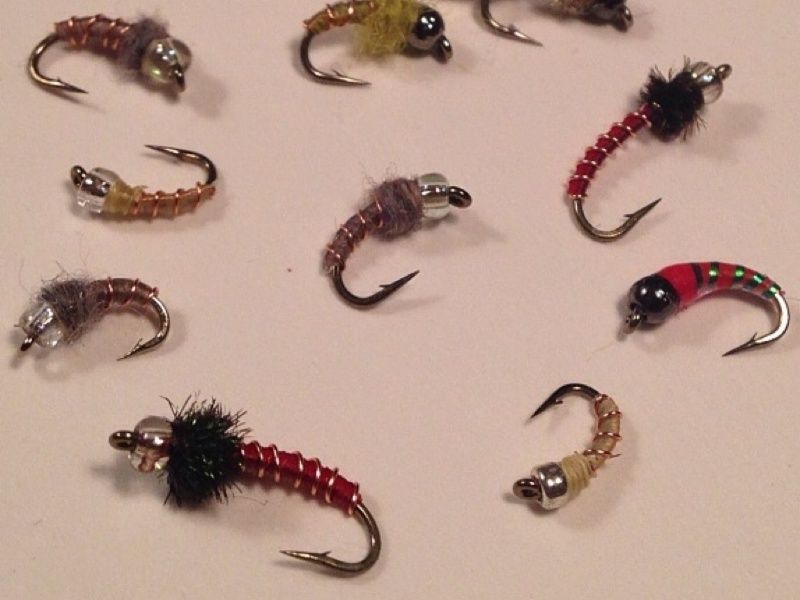
Hairwings and Streamers
This rounds off the group. These are designed to imitate baitfish (salt or fresh water) and are often constructed using animal hair.
While all these types of flies look very different from each other most employ similar techniques in their construction.
Left: Clouser minnows are commonly made from bucktail hair.
Centre: Hairwings
Right: Streamers (Gray-Ghost, Supervisor, Barnes Special, Black Ghost, Footer Special, Mickey Finn)
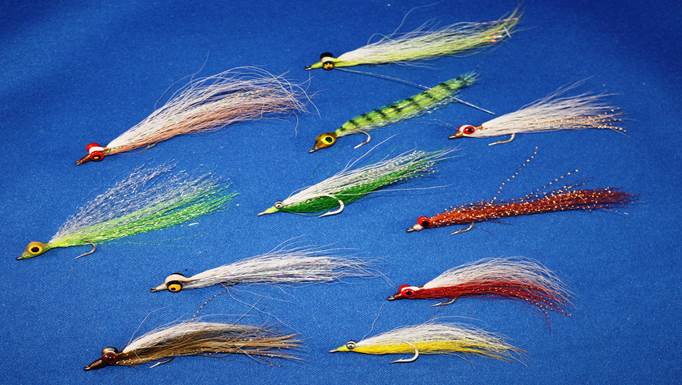
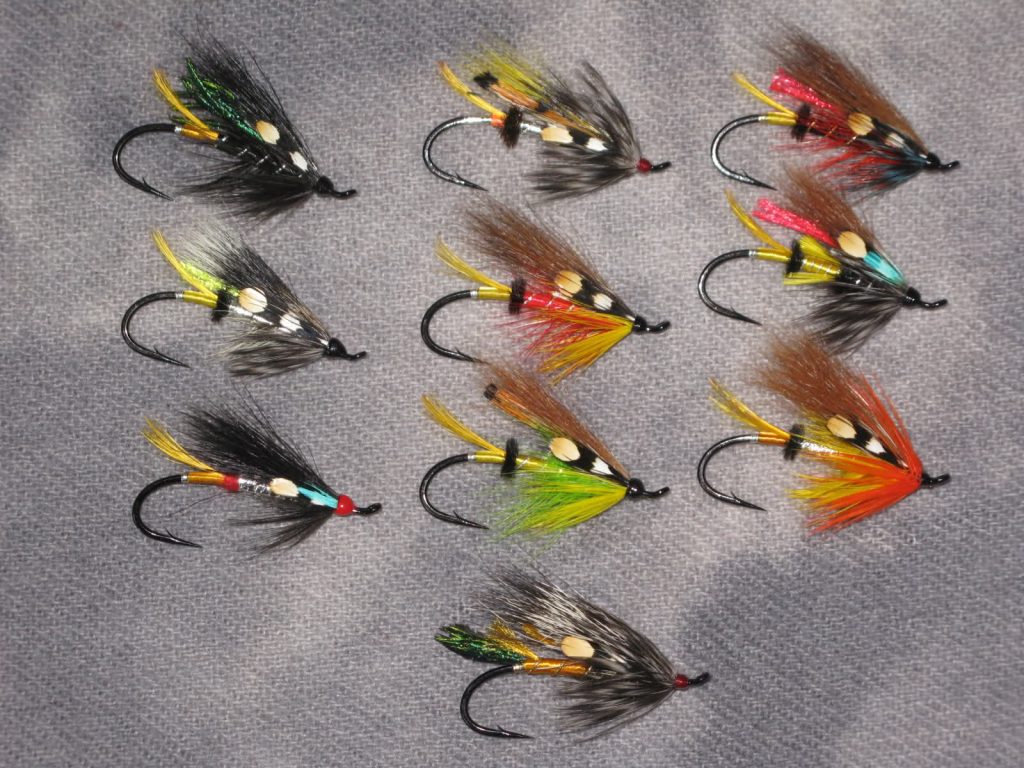
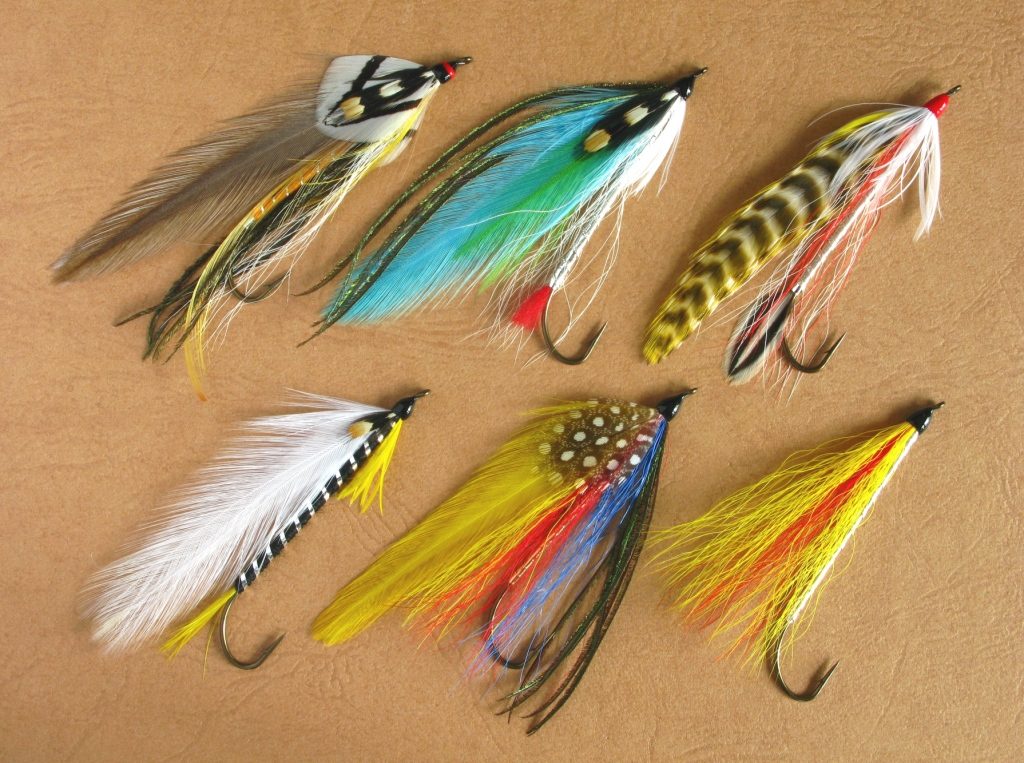
The Tools
As with most crafts, fly tying requires a range of tools designed to make the various task easier. There are very many tools that can be used, however, these are some that are considered to be more or less essential.
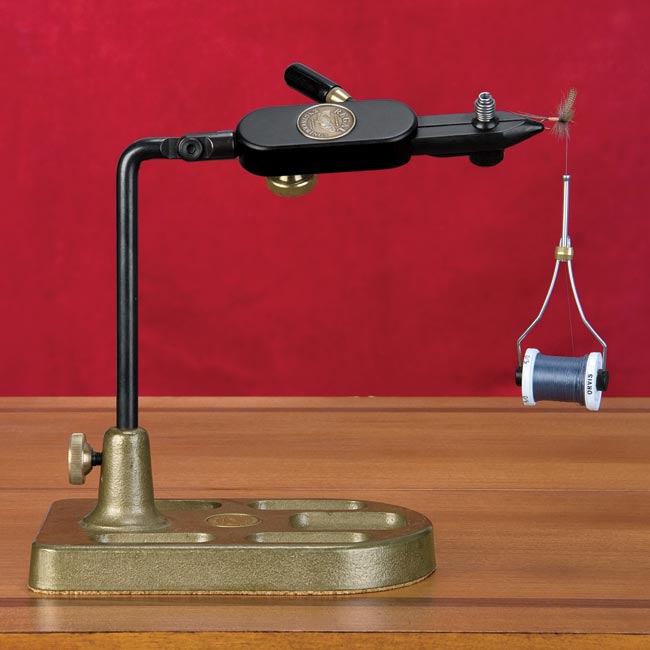
The Vice
You can theoretically hold a hook in your fingers to tie a fly – but it is not recommended. The use of a fly tying vice is the way to go. Available in a wide variety of designs, however they must all perform one major function – they must hold the hook firmly in the jaws of the vice so that the hook cannot move.
The Bobbin Holder
It is possible to tie a fly by removing the tying thread in lengths from a spool or bobbin. However, the use of a specially designed bobbin holder enables the thread to be attached to the hook evenly and economically. There are other advantages that you can be shown by Club members.


Scissors
A sharp pair that are small enough to work around the hook. Often 2 pairs are best. One for cutting tougher materials and one pair for the more delicate work.
With these three tools you can tie flies effectively. Other tools that are commonly used in fly tying are: Hackle pliers; Whip finishing tool; hair stackers; dubbing needle as well as specialised tools such as wing burners. You can be taught to use all of these tools on Club fly tie nights.
Materials Used in Fly Tying
Almost anything can be used in fly tying to imitate parts of a fly or imitation baitfish. Some of the most common materials are listed here but any walk around a craft shop will give you plenty of ideas for materials that can be used.
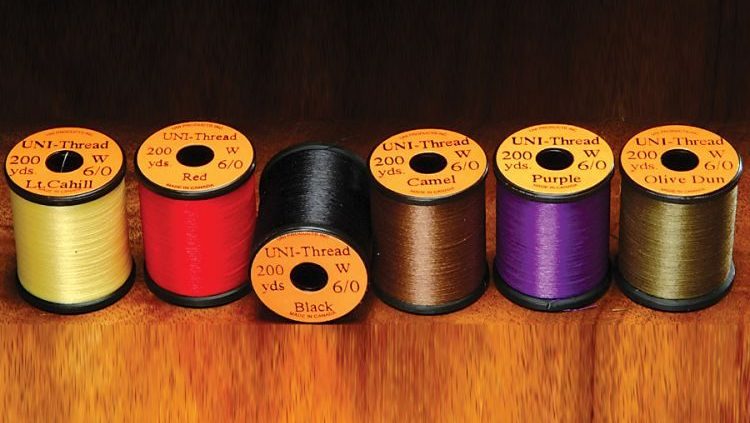
Threads
Used in many colours and diameters (thicknesses). The usual range is designated as 3/0 (heavy and thick) to 8/0 (fine and light). The most commonly used thread is probably a black 6/0 thread.
Tinsel
Used to imitate the ribbing of a fly and to provide sparkle. Metal tinsels are available in gold, silver and copper in a variety of shapes and sizes. They include oval, wire and various thicknesses of streamer tinsel. Pearl and holographic tinsels in plastic are also now available.
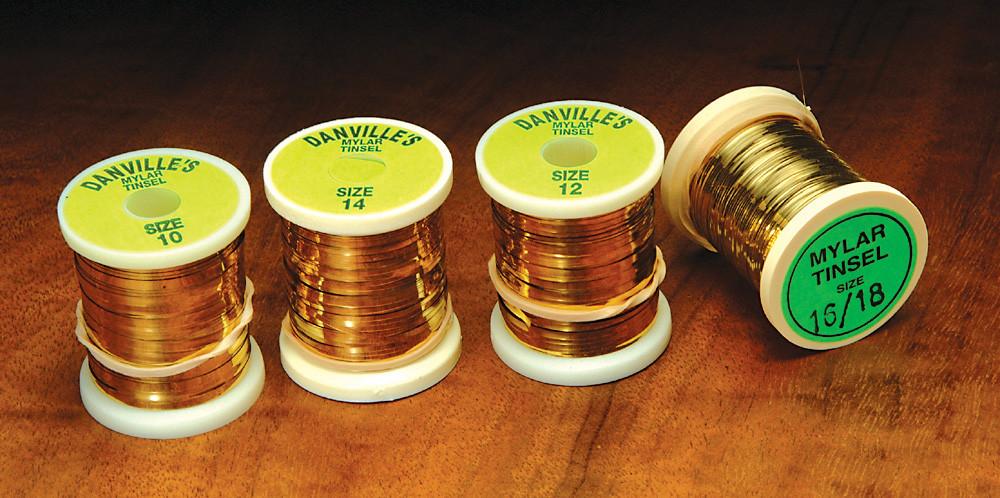
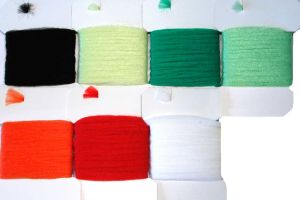
Yarns
Wool, polypropylene and antron can be found in a wide range of colours and thicknesses. Chenille is a popular material as well. They can be used to form the bodies of many flies.
Beads
Various beads are used ranging from small coloured glass beads to larger metal beads. They are usually fixed at the hook eye to provide weight to the sinking nymph type flies. The lighter beads are sometimes used to imitate eyes or to add extra flash to a fly.
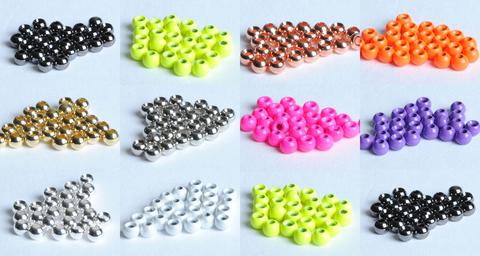
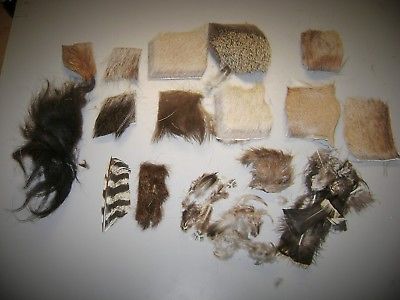
Fur
Used to make a fly body. Where once only natural furs were used now man-made products such as antron and polypropylene are often used.
Hackles
The feathers from the neck and back of domestic poultry are an important source of fly tying material. Known as hackles, they are used to imitate the legs and wings of insects. They are used in a variety of ways.

Peacock Herl
A favoured tying material. The iridescent fibres are used for the bodies of many flies and nymphs.
Along with these materials there are many others that are used in fly tying. Some are used to add sparkle to flies, others to add weights to flies and some to assist in floatation. Fly tyers are continually experimenting with new materials to expand the fly tying experience. An example is using closed cell foam as a body component that enhances the floating capacity of a fly.
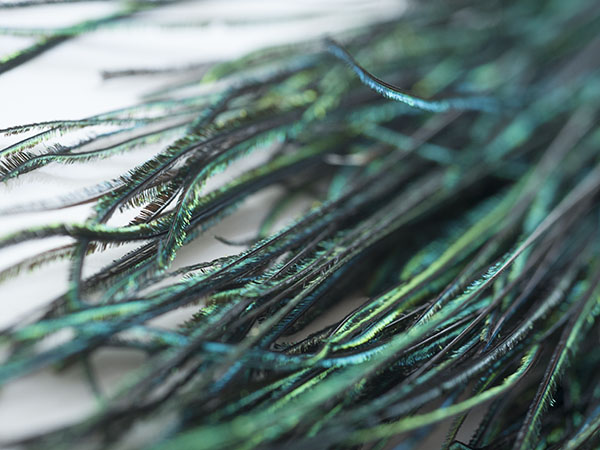
Basic Techniques
Among the many techniques in fly tying some are basic and essential to enable successful fly tying.
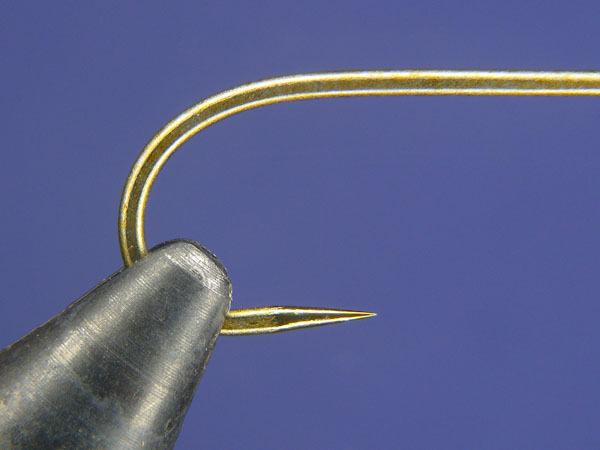
Fixing the Hook in the Vice
Sounds simple and usually is. The essential thing is to ensure that the hook is held firmly in the vice. This should be achieved without damaging the jaws of the vice. The technique is easy but needs to be learned.
Attaching the Tying Thread
The thread not only binds the materials to the hook, it also forms a solid base for these materials. Usually starting a bit behind the eye of the hook it is then wound firmly down the hook shank. The base of the shank is usually where the material used in the fly is first affixed to the hook.
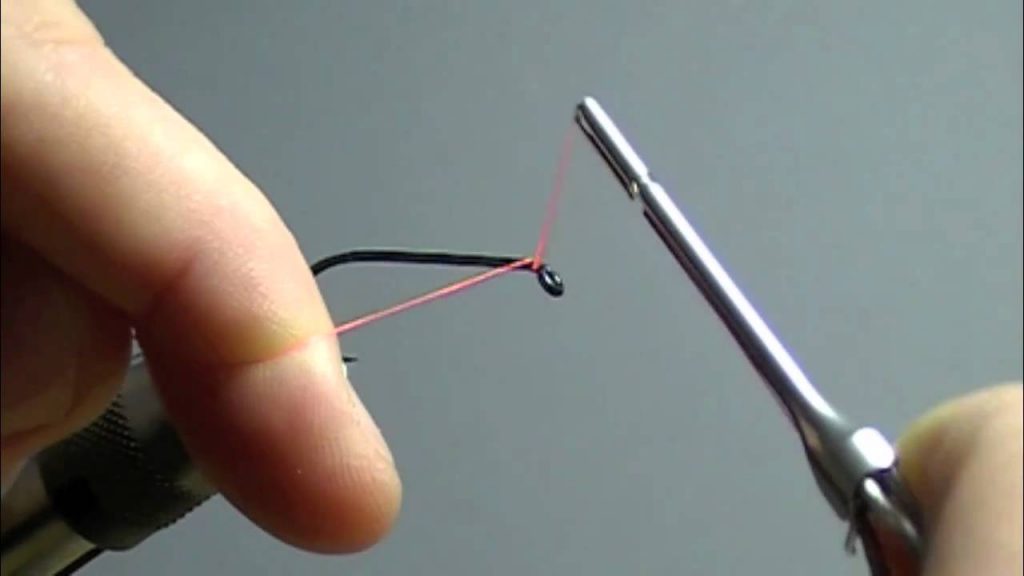
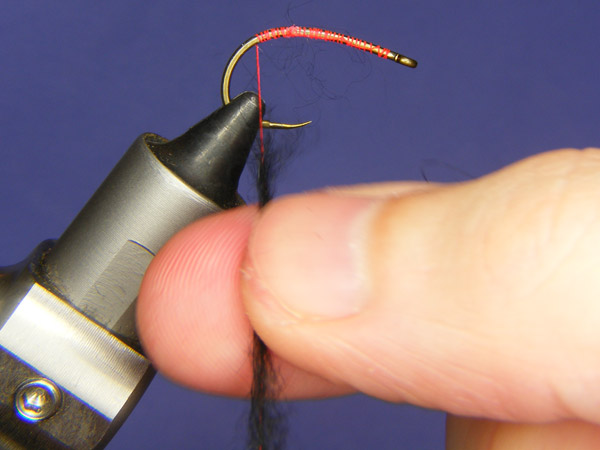
Dubbing Material to the Hook
Dubbing is the application of fur or substitute material to the tying thread. The dubbed thread is then wound onto the hook to form the body or part of the body of the fly. Used in a large number of flies, dubbing is a technique you will learn.
Forming a Collar Hackle
A collar hackle is used on many flies. It is often the means by which a dry fly is assisted to float on the water. It can be hand wound or wound onto the fly using a pair of hackle pliers.

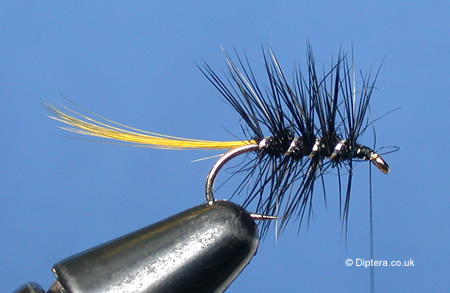
Palmering Hackle
Finally…
All of the mentioned materials, tools and techniques are used in fly tying. However, the above list is not an all-inclusive list. There are many terms, techniques and materials that have not been mentioned.
Fly tying is just one part of the total Fly-Fishing experience. Nothing can describe the feeling of catching a fish on a fly that you have tied yourself. Of course for that you need to be able to cast the fly accurately onto the water, but that is for another day.
Tight Lines always!
Further reading:
- Flies Step-by-step is a great resource for fly tying tools, materials and techniques.
- All posts on fly tying
- PDF version of this article
